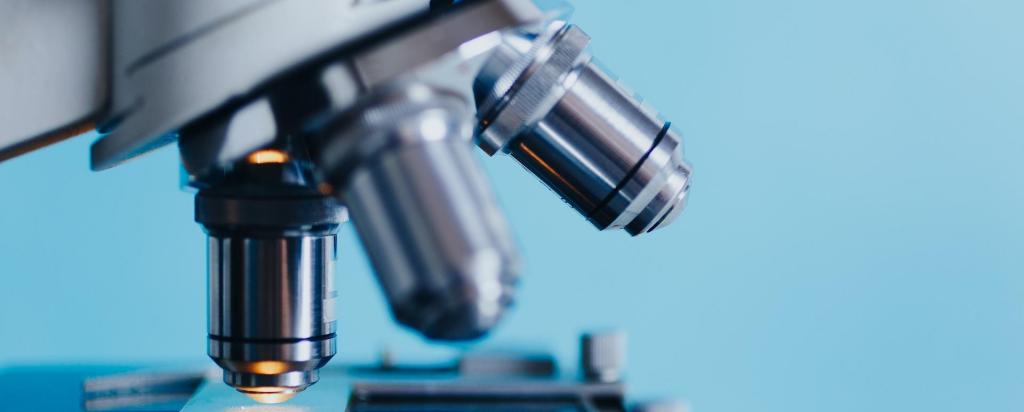The page you requested does not exist. For your convenience, a search was performed below using the query facilities australian synchrotron synchrotron beamlines x ray absorption spectroscopy beamtime.
Professor Peter Lay from the University of Sydney has been awarded the Australian Synchrotron Lifetime Contribution Award by ANSTO, the Australian Nuclear Science and Technology Organisation.
Enhancing safety of trailer trucks among research projects
Technical information on the Soft X-ray spectroscopy beamline at the Australian Synchrotron.

Beamline scientist (MEX)
Role at ANSTO
Environmental scientists at ANSTO have been undertaking research to gain a better understanding of the potential impact of contaminants on decommissioned offshore oil and gas infrastructure since 2017
Environmental scientists at ANSTO have been undertaking research to gain a better understanding of the potential impact of contaminants on decommissioned offshore oil and gas infrastructure since 2017.
The BRIGHT Nanoprobe beamline provides a unique facility capable of spectroscopic and full-field imaging. NANO will undertake high-resolution elemental mapping and ptychographic coherent diffraction imaging. Elemental mapping and XANES studies (after DCM upgrade) will be possible at sub-100 nm resolution, with structural features able to be studied down to 15 nm using ptychography.
Publications and resources from the Powder Diffraction beamline.
Pagination


